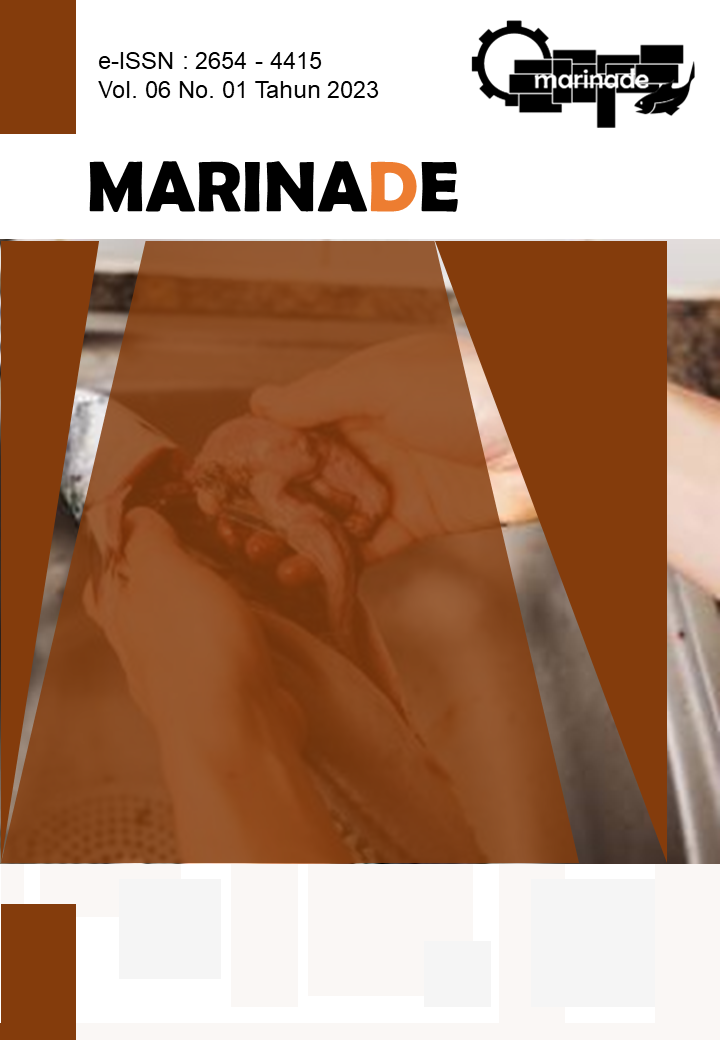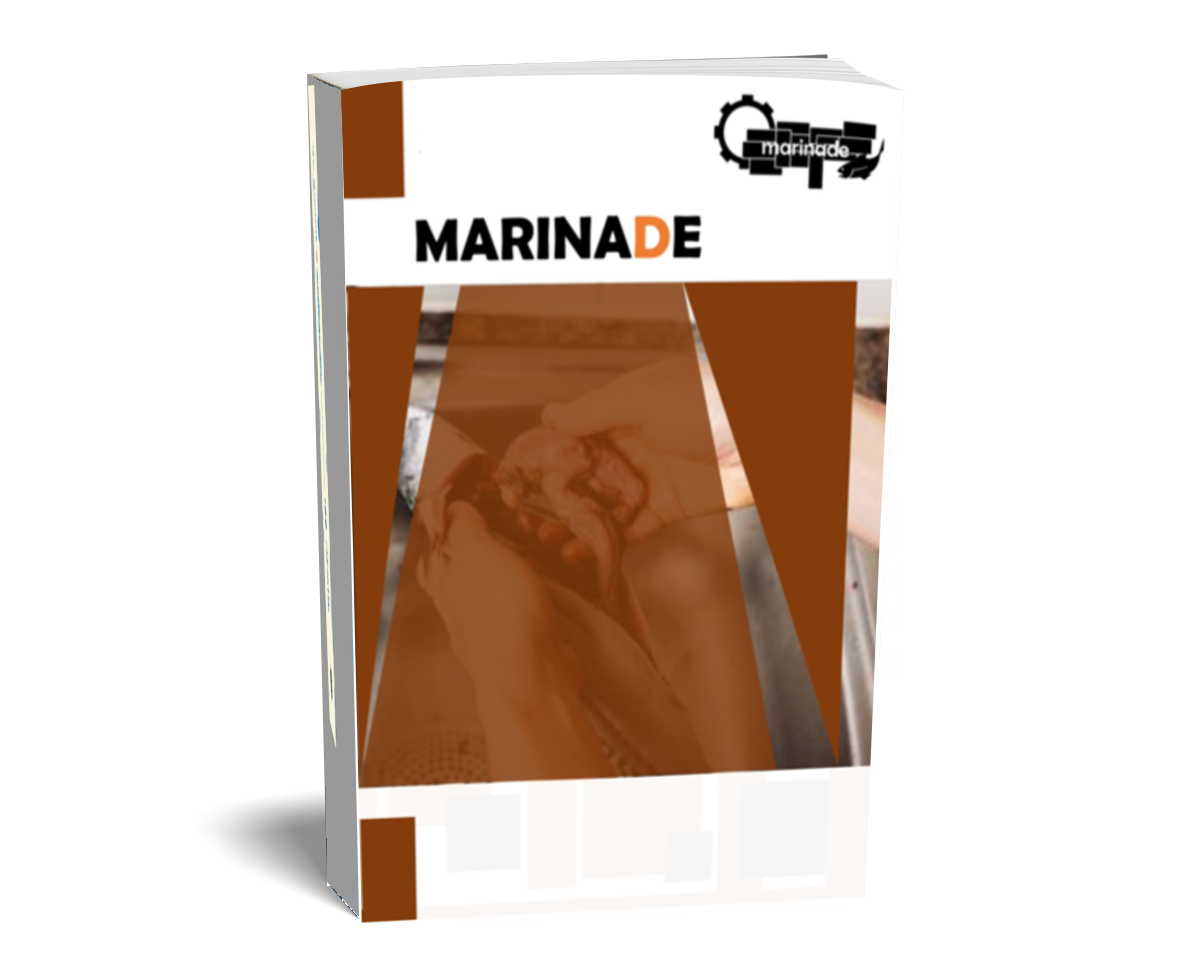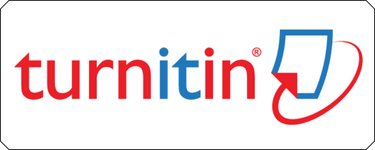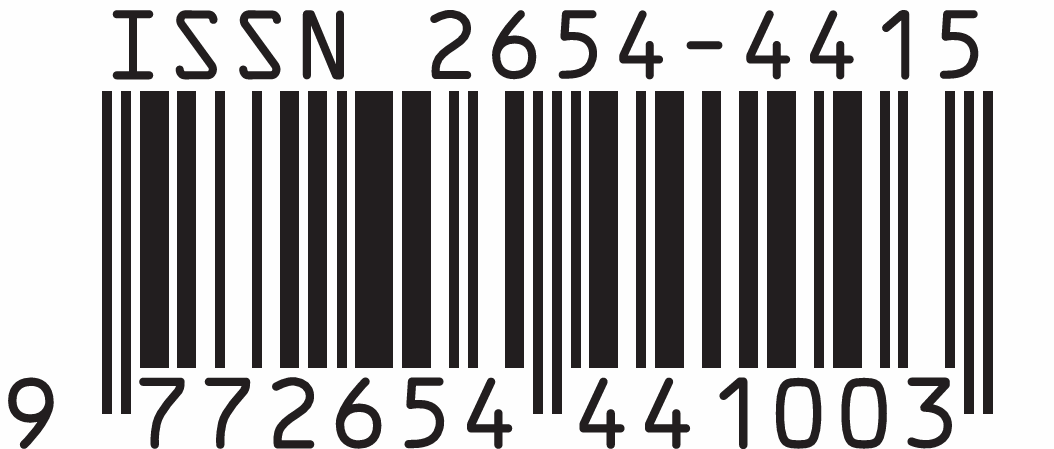PEMBUATAN MIKROORGANISME LOKAL (MOL) DARI JEROAN IKAN
DOI:
https://doi.org/10.31629/marinade.v6i01.5481Keywords:
Fish Offal, Local Microorganisms, MOL ProductionAbstract
Increasing the economic value of fish innards by processing them into one of the more useful products is Local Microorganisms (MOL). MOL is a decomposer in the manufacture of organic fertilizer in this study can be made from waste with fish offal as the basic ingredient. This study aims to determine the production of local microorganisms (MOL) and the MOL content of fish offal. The method used in the process of making MOL is fermented fish offal. Samples of fish offal MOL that had been successfully fermented for 14 days were then tested for TPC using Media Plate Count Agar. Isolation of Lactic Acid Bacteria (LAB) will be tested using MRS Agar + 1% used to differentiate LAB from non-acid producing bacteria. While the findings of mushroom identification using Potato Dextrose Agar. The results of the research that has been done show that the composition of 500 grams of fish offal, 1 liter of coconut water and 3 ounces of brown sugar in the manufacture of MOL from fish offal shows a bacterial count of 6.85x CFU/ml, which does not exceed the TPC standard threshold. The results of isolation of lactic acid bacteria found that bacteria in MOL from fish offal, namely Lactobacillus, identified the growth of fungi, where the fungi in MOL are beneficial for plant development from amino acids and sugars secreted by photosynthetic bacteria, organic matter and plant roots.
Downloads
References
Bhaskar, N., Benila, T., Radha, C., & Lalitha, R. G.2008. Optimization of enzymatic hydrolysis of visceral waste proteins of Catla (Catla catla) for preparing protein hydrolysate using a commercial protease. Bioresource Technology. 99(2): 335–343.
KKP. 2022. Kementerian Kelautan dan Perikanan.Retrieved from https://kkp.go.id/artikel/39091 menteri-trenggono-pastikan-pasokan-ikan-aman-penuhi-kebutuhan-ramadhan-idul-fitri-2022.
Marsiningsih, N. W., Suwastika, G. N., & Sri Sutari, N. W. AnalisisKualitas Larutan Mol (Mikroorganisme Lokal) Berbasis Ampas Tahu. E-JurnalAgroekoteknologiTropika. 180 191.
Mutmainnah Heni. 2013. Isolasi dan Karakterisasi Bakteri Probiotik Dari Saluran pencernaan Ayam Kampung Gallus domesticus. Fakultas Matematika dan Ilmu Pengetahuan Alam Universitas Hasanuddin.
Lepongbulan, W., Tiwow , V., & Wahid, A. Analisis Unsur Hara Pupuk Organik Cair Dari Limbah Ikan Mujair (Oreochromis Mosambicus) Danau Lindu Dengan Variasi Volume Mikroorganisme Lokal (Mol) Bonggol Pisang. Jurnalakad kim. 92-98.
Sukmawati., Ratna. &Fahrizal, A. 2018. Analisis Cemaran Mikroba pada Daging Ayam Broiler di Kota Makassar. Jurnal Scripta Biologica. 5(1): 68-71.
Sunarsih, L. E. 2018. Penanggulangan Limbah. Deepublish, Yogyakarta.
Tanti, N., Nurjannah, N. and Kalla, R. 2020. Pembuatan Pupuk Organik Cair Dengan Cara Aer b, ILTEK : Jurnal Teknologi. 14(2): pp. 2053–2058.
Wijaya, Raden, C., Ervita, L., Yudianingsih. 2015. Perancangan Alat Hitung Bakteri. Jurnal Teknologi Informasi.
Yunita, Merisa., Yusuf Hendrawan, Rini Yulianingsih. 2015. Analisis Kuantitatif Mikrobiologi Pada Makanan Penerbangan Garuda Indonesia berdasarkan TPC dengan MetodePour Plate. Jurnal Keteknikan Pertanian Tropis dan Biosistem. 3(3): 237-238.
Zahroh, F., Kusrinah, dan S. M. Setyawati. 2008. Perbandingan Variasi Konsentrasi Pupuk Organik Cair dari Limbah Ikan Terhadap Pertumbuhan Tanaman Cabai Merah (Capcisum annum L). Journal Of Biology and applied Biology. 1 (1): 50-57.
Downloads
Published
Issue
Section
License
Copyright (c) 2023 Marinade

This work is licensed under a Creative Commons Attribution-NonCommercial-ShareAlike 4.0 International License.
You are free to:
- Share — copy and redistribute the material in any medium or format for any purpose, even commercially.
- Adapt — remix, transform, and build upon the material for any purpose, even commercially.
- The licensor cannot revoke these freedoms as long as you follow the license terms.
Under the following terms:
- Attribution — You must give appropriate credit, provide a link to the license, and indicate if changes were made . You may do so in any reasonable manner, but not in any way that suggests the licensor endorses you or your use.
- ShareAlike — If you remix, transform, or build upon the material, you must distribute your contributions under the same license as the original.
- No additional restrictions — You may not apply legal terms or technological measures that legally restrict others from doing anything the license permits.













